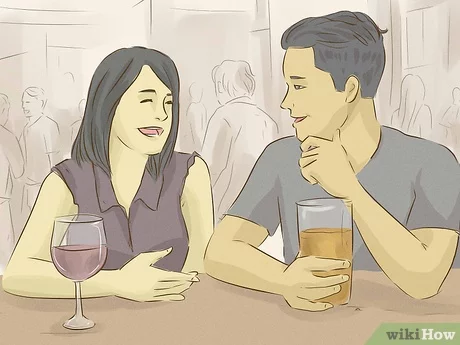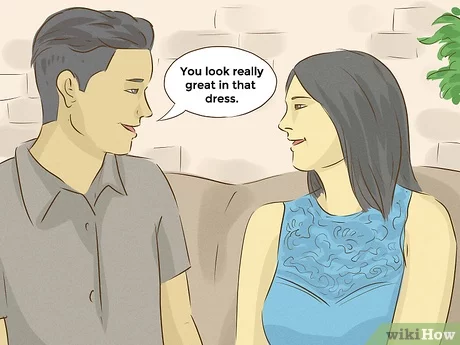Impressing a girl can be a daunting task, but it doesn't have to be. Here are a few tips to help you make a good impression:
Be Confident:
Confidence is key when trying to impress a girl. Believe in yourself and your
ability to make a good impression.
Be yourself:
Don't try to be someone you're not. Be genuine and authentic. Girls appreciate
someone who is comfortable in their own skin.
Show Interest:
Show the girl you're interested in her by asking her questions and getting to
know her. Listen actively and show that you care about what she has to say.
Be a good
conversationalist: Show that you're a good conversationalist by engaging in
interesting and meaningful conversations. Avoid controversial or sensitive
subjects and try to make her laugh.
Show that
you're responsible: Show that you're responsible and reliable by keeping your
word and following through on plans.
Be considerate
and respectful: Show that you're considerate and respectful by being on time,
opening doors, and being polite to others.
Be thoughtful:
Show her that you're thoughtful by remembering special occasions and doing
small, thoughtful things for her.
It's important
to remember that impressing a girl is not about trying to be someone you're not
or buying her gifts or material things, it's about being a genuine, kind, and
respectful person who is confident in themselves. Be true to yourself, and
everything will fall into place.






Comments
Post a Comment